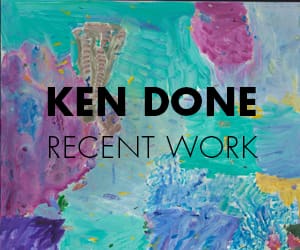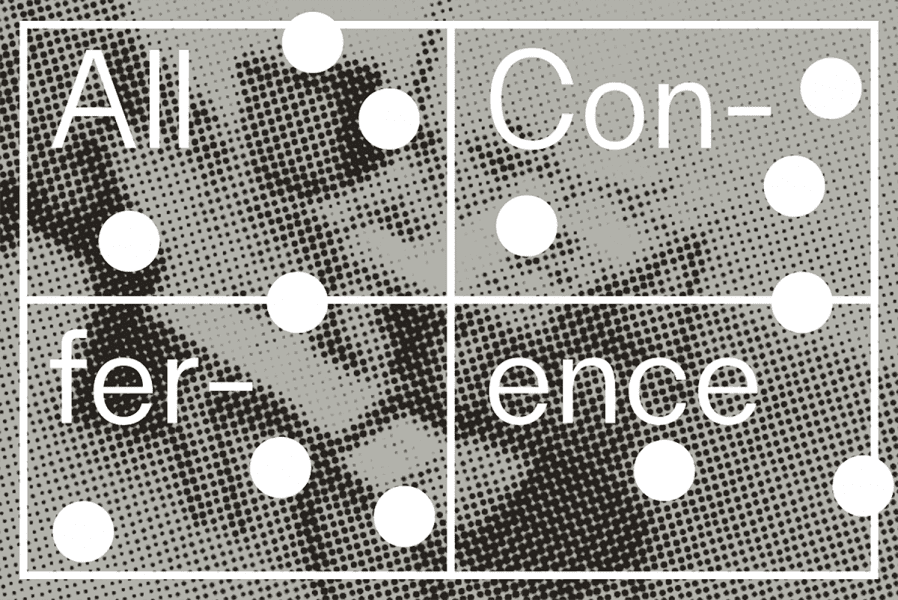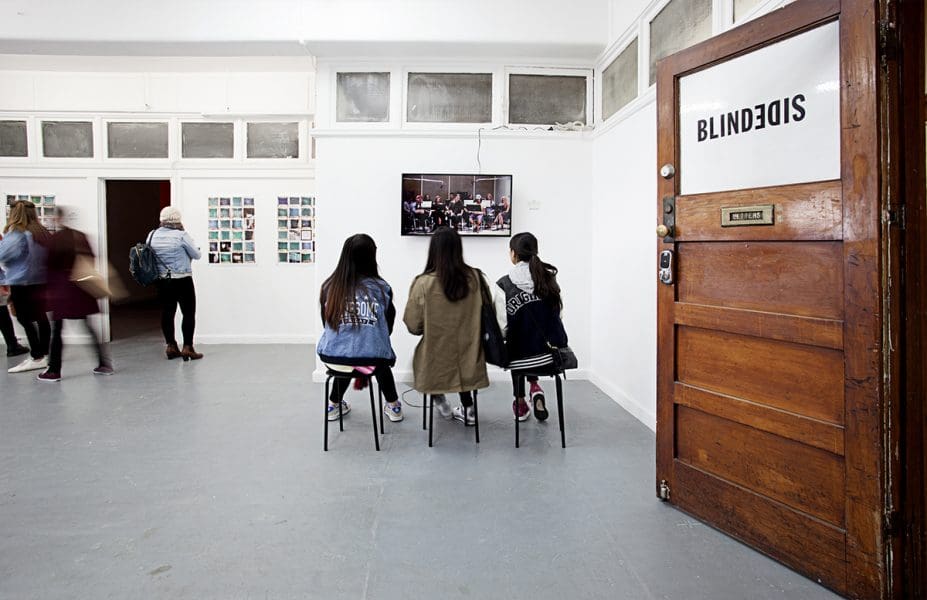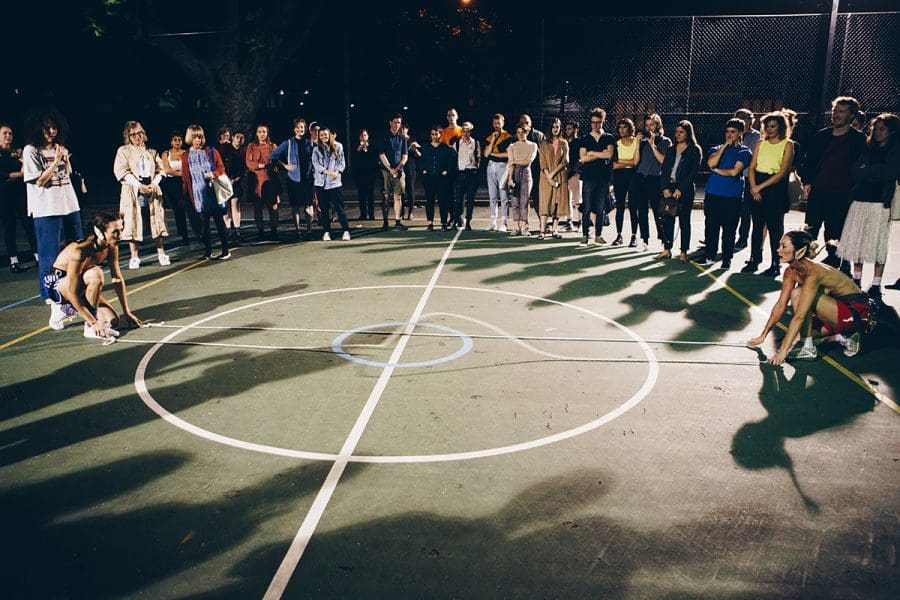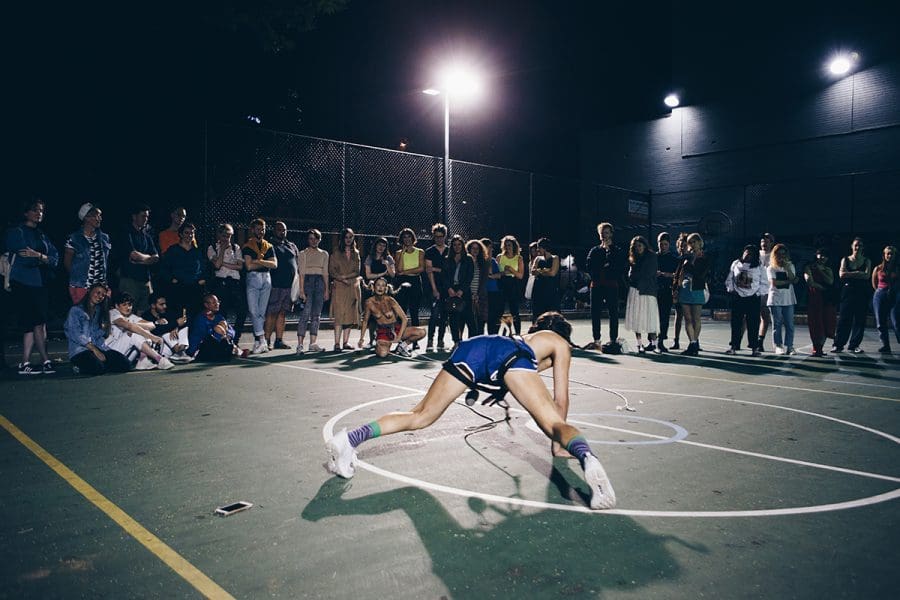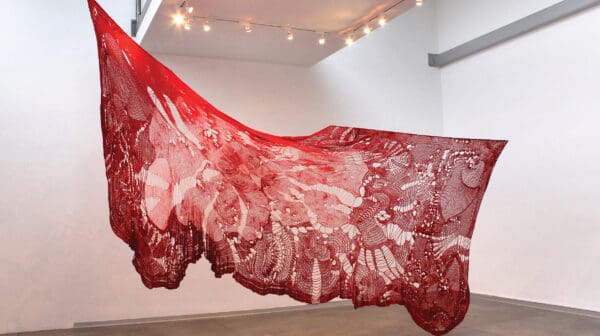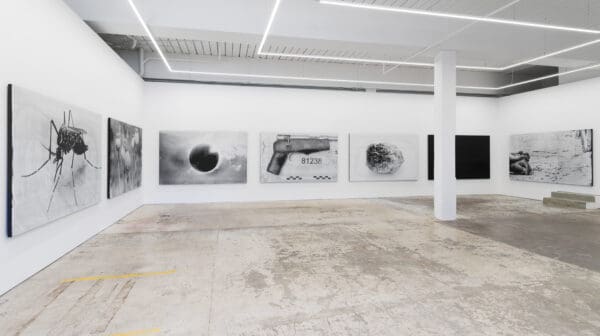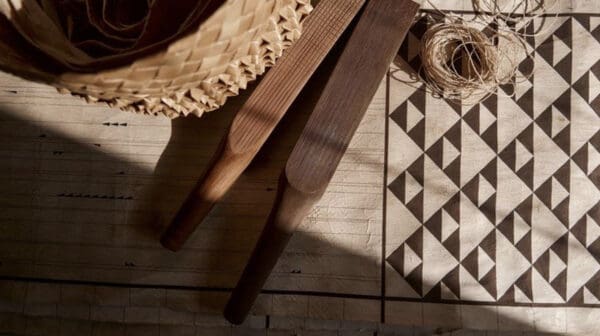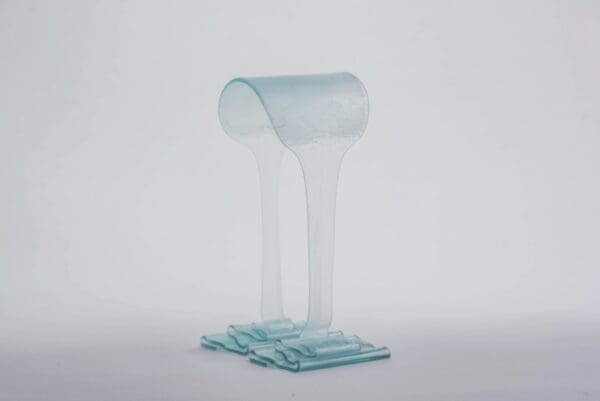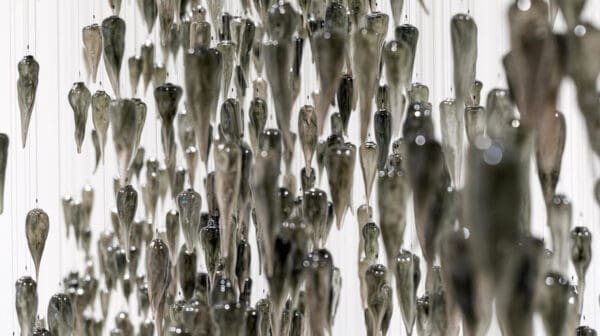In a show of collective solidarity, 14 artist-led and cross-disciplinary organisations around Australia have gotten together to form All Conference, a platform that aims to support and articulate the value of artist-run and experimental organisations.
With an ongoing commitment to innovation and experimentation in the arts, All Conference exists as a fluid network that engages in research, publishing, advocacy, support and knowledge-sharing. Members include: Alaska Projects, Runway and Firstdraft, NSW; BLINDSIDE, Bus Projects, c3 , Kings ARI, Liquid Architecture, and Seventh, Vic; Boxcopy, Qld; Constance, Tas; FELTspace, SA; and Moana, WA.
Tiarney Miekus spoke with Channon Goodwin, director of Bus Projects, about how All Conference started. The pair also discussed how the current cultural climate in Australia influences All Conference and what the organisation aims to accomplish in the future.
Tiarney Miekus: Can you explain how All Conference started and discuss how the organisation works?
Channon Goodwin: In a way I’m speaking of my own experiences as an artist who, after art school, became more heavily involved in institutional structures, collectivist activity and collaborative modes. My interest in collective structures and networks began while founding, and working in, artist-run and independent arts organisations in Queensland from 2006-2012, which continued on relocating to Melbourne. I observed that there was a unique set of pressures and possibilities in running such organisations that seemed to be common around the country. This compelled me to initiate a discussion around what kind of structure would best suit an alliance of long-running, diverse, artist-centric organisations.
This is also a discussion which comes up all over the world in different contexts, often with locally-specific models. On a local level a network particularly interesting to me was the Victorian Initiatives of Artists Network, which was founded in 2004 by Brett Jones, Kate Fulton, and Warren Taylor. In a sense, All Conference is built on the ideals of this previous network and on international models such as Common Practice, UK, and Common Field, US. Through a reflection on these models, I was trying to learn from their structures to find ways to make a network that’s relevant today.
TM: How did you decide on this structure and what makes the organisation so unique within Australian arts?
CG: The network we’ve ended up with, which has developed through discussion and debate, is uniquely suited to the fast-paced and experimental ethos of these organisations.
The strength of All Conference is its fluidity and its responsiveness. It can fluctuate between a support network, a research-instigator and advocacy group.
Because member organisations work so closely with artists, they have a unique understanding of the circumstances artists are working within. This is our common ground and what brings us together.
TM: How has the economic and cultural climate of Australia’s arts sector, or even of Australia in general, effected or prompted the beginning and aims of All Conference?
CG: In some ways this network is a direct response to ongoing pressure on artists as low-income workers. Many of our member organisations are run by artists on a voluntary basis or directly involved in supporting artists to create new work. Moreover, artists in general are working at close to, or below, the poverty line and those running the smallest arts organisations give the most voluntary time.
TM: I assume arts-related policy has an effect on All Conference as well?
CG: Over the last few years there have been various political and policy shifts that have only compounded pressures. For instance, stagnation in funding for the arts and the reallocation of money away from the Australia Council for the Arts in 2015 really disrupted the resources available for individual artist grants, international residencies, as well as multi-year funding and project grants for small organisations. Although we pride ourselves on our resilience, artists and small-scale organisations can only do so much without economic stability long-term. So on one level, All Conference is about pulling resources and knowledge together, and reminding each other that we’re not alone or in competition.
TM: I think many people are obviously aware of how vital ARIs are for the health of art and as sites of experimentation. But at the same time it seems that artist-runs or experimental initiatives are often forced into the corner of justifying their value. From what you’re saying, it seems that All Conference addresses this?
CG: Generally speaking, ARIs in Australia have been viewed as transient, existing for a few years post-art school. They were expected to fold once the artists running them achieved “stable” careers or moved on. This has perhaps reinforced a notion that artist-run spaces were always going to be voluntary and limited in ambition. Today, we have a cohort of artist-run spaces and artist-centred initiatives across the country that are 15, 20, 30 years old, which remain committed to the long term. From my perspective, one goal of this network is to find new ways to articulate the current value and future potential of our small-scale, artist-led, and experimental arts sector. That said, I am careful about the way I think about advocacy so as not to reinforce traditional ideas of perpetual growth, or to imply that success equates to increasing the amount of what we do or institutionalising.
TM: Continuing on from that point, according to your mission statement an aim of All Conferences aims is to “imagine new futures.” What are these new futures and how do they relate to what’s lacking now?
CG: What I hope is that the diversity of the member organisations creates opportunity for discussion from which new models will emerge. The artist-centric nature of the All Conference membership provides an understanding of artist’s needs, which enables us to be responsive to changes in artistic practice allowing for non-traditional practices to be supported and lead to new and uncertain futures. The idea is that through the articulation of this experimentation, whether through research papers or conferences, we can positively impact the sector more broadly.
TM: What’s next for All Conference?
CG: In addition to the important step of talking more as a group, we’ve got other core elements in motion, including announcing our existence via a public statement of purpose. We’ve also initiated our first research project, helmed by Georgia Hutchison and Ben Eltham. These research and profile building aims are further assisted by the All Conference website. This new site also has a news feed and growing digital library, which has begun to collect texts and publications related to independent, artist-run, and experimental activity, as well as research around conditions of artist’s labour, gender and cultural diversity. With this all in motion and an increase in collaboration, there’s an exciting atmosphere of possibility.


